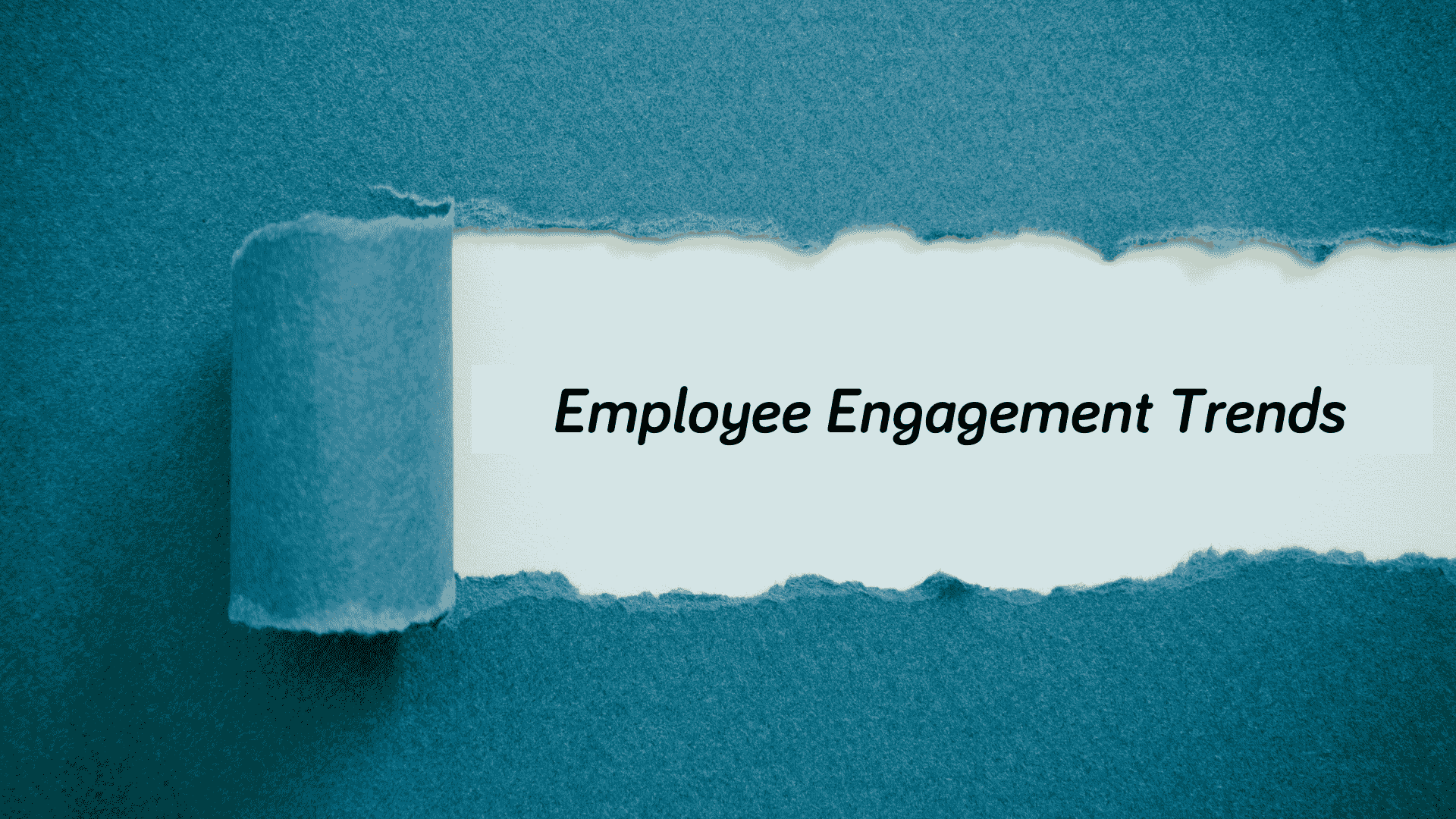Employee engagement: beyond the casual dress code and perks
June 26, 2018Categorised in: Employee Engagement
Employee engagement is considered the biggest challenge of 2018 by 41% of 447 HR Directors in the UK interviewed for an annual survey*. But, what exactly is employee engagement?
The CIPD defines employee engagement in three aspects:
- Intellectual engagement – employees think hard about the job and how to do it better
- Affective engagement – employees feel positively about doing a good job
- Social engagement – employees take opportunities to discuss work-related improvements with others at work
Putting it into more concise and practical terms, we borrow Emma Bridger’s concept:
“Employee engagement is the extent to which people are personally involved in the success of a business.”
Looking at it like that, it does make a lot of sense to invest in employee engagement, ensuring your employees are invested in the success of your business. And data backs that up too:
- Engaged employees take less than half the amount of sick days of disengaged employees (CBI)
- Disengaged organisations have 62% more accidents (Gallup)
- Engaged organisations give 22% higher returns to shareholders (Aon Hewitt)
- Increased engagement could add £26B to UK GDP (Kenexa)
- Engaged companies experience 17% higher productivity, 20% higher sales and 21% higher profitability (Gallup)
However, engaging employees goes way beyond having a casual dress code and offering free snacks at work. Here are some less obvious ways to engage your employees:
Empowerment
Do your workers feel comfortable to challenge superiors and suggest alternative strategies and solutions to problems? If the answer is no, it might be time to empower them to do so. Not only can your business benefit from different perspectives and potentially more efficient solutions, your workers will feel they have a voice and are valued in the company.
Communication
Surely your internal communications strategy should be focused on informing employees of decisions being taken, changes and achievements in the company. But communication goes beyond that. It is also key to ensure workers are clear about what their roles entail, what is expected of them, what are the KPI’s and so on, preventing uncertainty on all levels.
Decision Making
Involve workers on the decisions that will directly affect their role. This goes hand in hand with empowering employees, valuing them and giving them a voice. But besides that, it also improves morale and motivation and gives workers a sense of responsibility over the decision made, focusing more on problem solving.
Measuring Output
Your employees efficiency should be judged by results, not hours. Expecting workers to sit on their desks even when they have already finished their tasks and are delivering what is expected of them and more creates a culture of disengagement and boredom. Measuring output, rather than input, makes for a much more engaging and productive work environment, where employees are happier and more able to manage work-life balance.
What can HIVE360 Support Services Ltd help with?
We keep your employees at the heart of all we do. By offering 360 degree solutions through our innovative employment model, we enable you to put your time and efforts on your growing your business, focusing on the daily management of your staff, rather than the bureaucracy of employment.
We do that by managing services like payroll, pensions and HR legal support, while keeping your employees engaged, happy and healthy with a wealth of welfare support and lifestyle benefits.
The perks we offer including NHS approved 24h GP phone service, 1000’s of shopping and dining discounts, powered by Perkbox, and specialised counselling service. All of that in the palm of their hands, with our groundbreaking mobile portal where they also have access to fully GDPR compliant payslips, insurance discounts and training by market leader, plus so much more.
*source: Cascade HR




